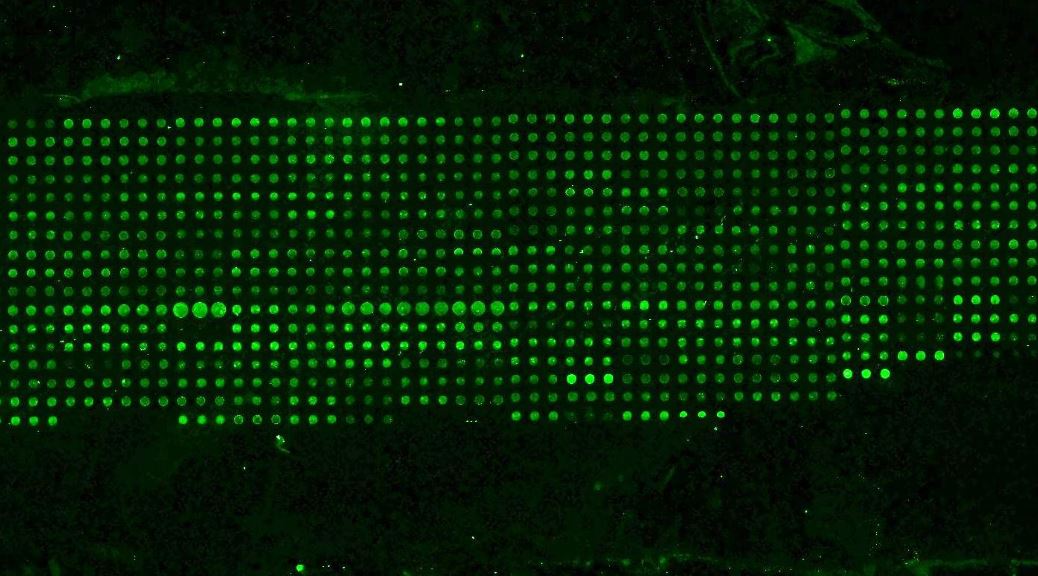Longevity Escape Velocity Foundation (LEVF) today welcomes two very generous donations from long-time supporter of longevity research and activism, Didier Coeurnelle.
The first donation is 200,000 euros (approximately 220,000 US dollars). The second donation, of up to another 200,000 euros, is dependent on LEVF receiving matching gifts from other donors from 1st October until the end of the month (October 31st).
These donations enable a key set of pre-study pilots ahead of the next phase of LEVF’s groundbreaking investigations into the effects of combining different damage-repair interventions for middle-aged mice.
RMR1, the first phase of this Robust Mouse Rejuvenation project, has been running since February 2023, and is now nearing completion. Mice in this project have received combinations of up to four different treatments.
Caitlin Lewis, Director of Project Pipeline & Strategy at LEVF, commented: “These donations come at exactly the right time, as we are ready to commence pre-study pilot trials ahead of RMR2. RMR2, which will involve mice receiving combinations of up to six different life-extension treatments, takes into account significant findings from RMR1. These experiments have the potential to achieve record-breaking extension of both healthspan and lifespan of middle-aged mice, and to catapult longevity intervention combinations into the mainstream and into the clinic.”
Didier Coeurnelle commented: “The RMR investigations are poised to transform public understanding of the possibilities of treatments to extend healthspan and lifespan, not only in mice, but in humans. These investigations particularly deserve financial support, from anyone who shares my conviction that treating aging is a profoundly urgent humanitarian task. October 1st is the start of Longevity Month, in which longevity advocates around the world place a special focus on the need for faster progress. I hope my own donations can inspire others to consider how they, too, can best help to accelerate the defeat of aging.”
Aubrey de Grey, President and CSO of LEVF, replied: “This is a wonderfully generous donation from Didier. Via his previous financial support and his tireless advocacy for more than 15 years, Didier has long been a bold champion of the quest to reverse aging. This is by far the largest donation he has made, and affirms our joint belief that now is the time to greatly expand research to target the underlying processes of aging. Anyone else who wishes to make a donation to support RMR or any of the other activities undertaken by LEVF can do so via the donation page on our website, https://www.levf.org/donate.”
About LEVF: Longevity Escape Velocity Foundation is a 501(c)(3) tax-exempt California nonprofit public benefit corporation (EIN 93-2716970). It exists to conduct and inspire research to proactively identify and address the most challenging obstacles on the path to the widespread availability of comprehensively effective treatments to cure and prevent human age-related disease. See https://www.levf.org/.
About RMR: The Robust Mouse Rejuvenation research program is a sequence of large mouse lifespan studies, each involving the administration of various subsets of at least four interventions that have, individually, shown promise in others’ hands in extending mean and maximum mouse lifespan and healthspan. The research focuses on interventions that have shown efficacy when begun only after the mice have reached half their typical life expectancy, and mostly on those that specifically repair some category of accumulating, eventually pathogenic, molecular or cellular damage. See the results of the first phase https://www.levf.org/projects/robust-mouse-rejuvenation-study-1.
About Didier Coeurnelle: Didier Coeurnelle is co-chair of HEALES, the Healthy Life Extension Society, an organization that promotes and supports anti-aging research by raising awareness about technological and medical developments in the field of biogerontology. See https://heales.org/. Didier is also a member of the board of the International Longevity Alliance, https://longevityalliance.org/, and is the author of the highly regarded newsletter “La Mort de Mort” which is published each month in French, English, Spanish, and Dutch, https://heales.org/category/deathofdeath/monthly-newsletter/. He has published two books (in French) about longevity and transhumanism, is a Belgian citizen, and works in Brussels as a senior civil servant.




